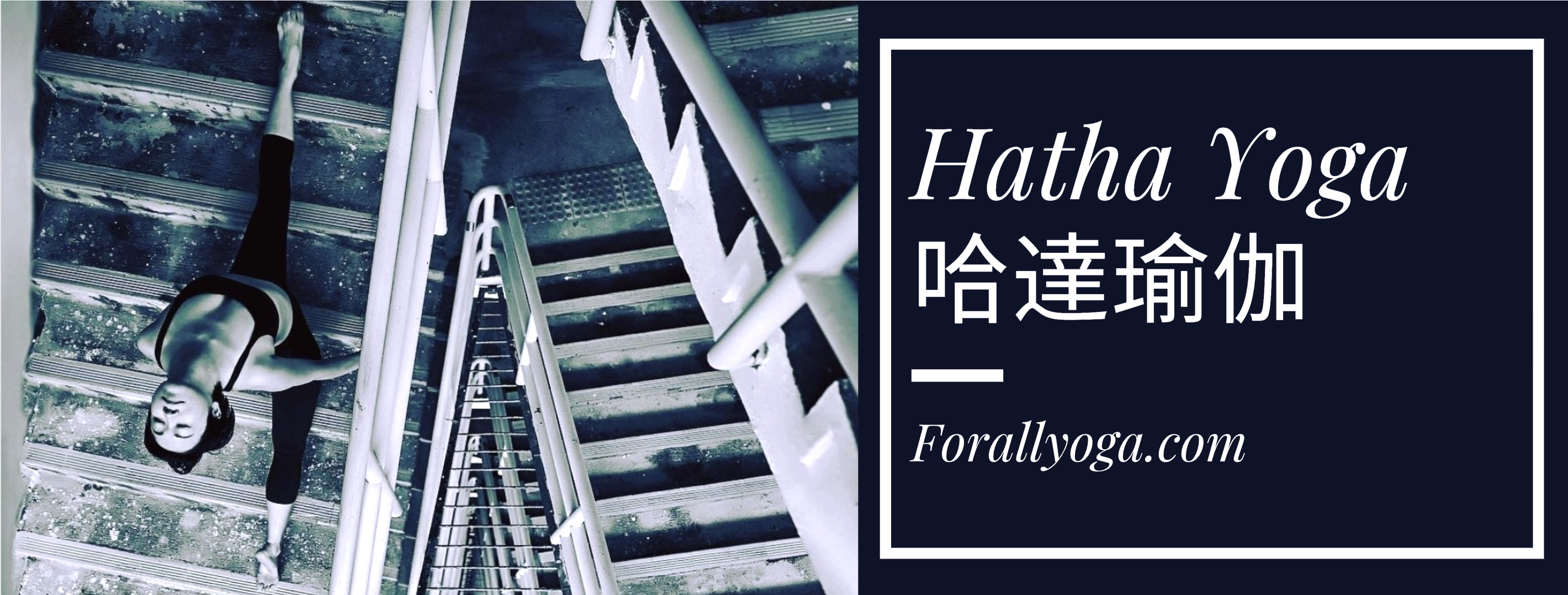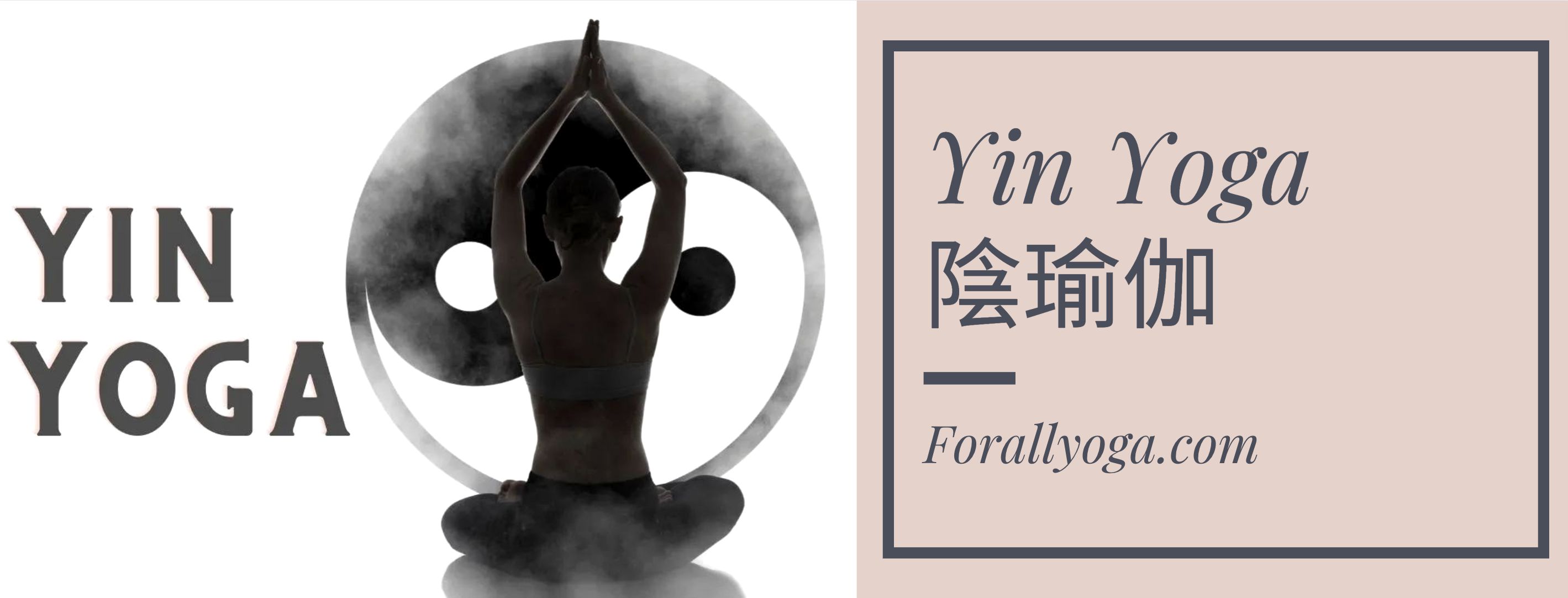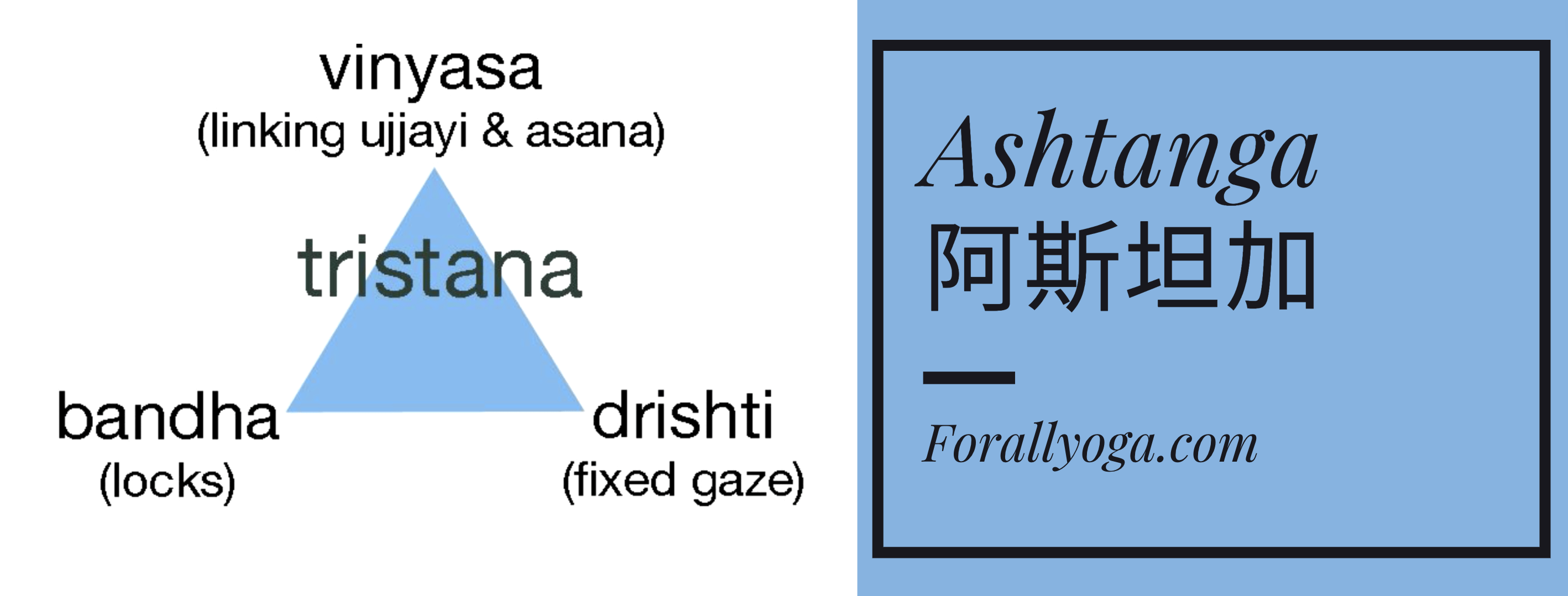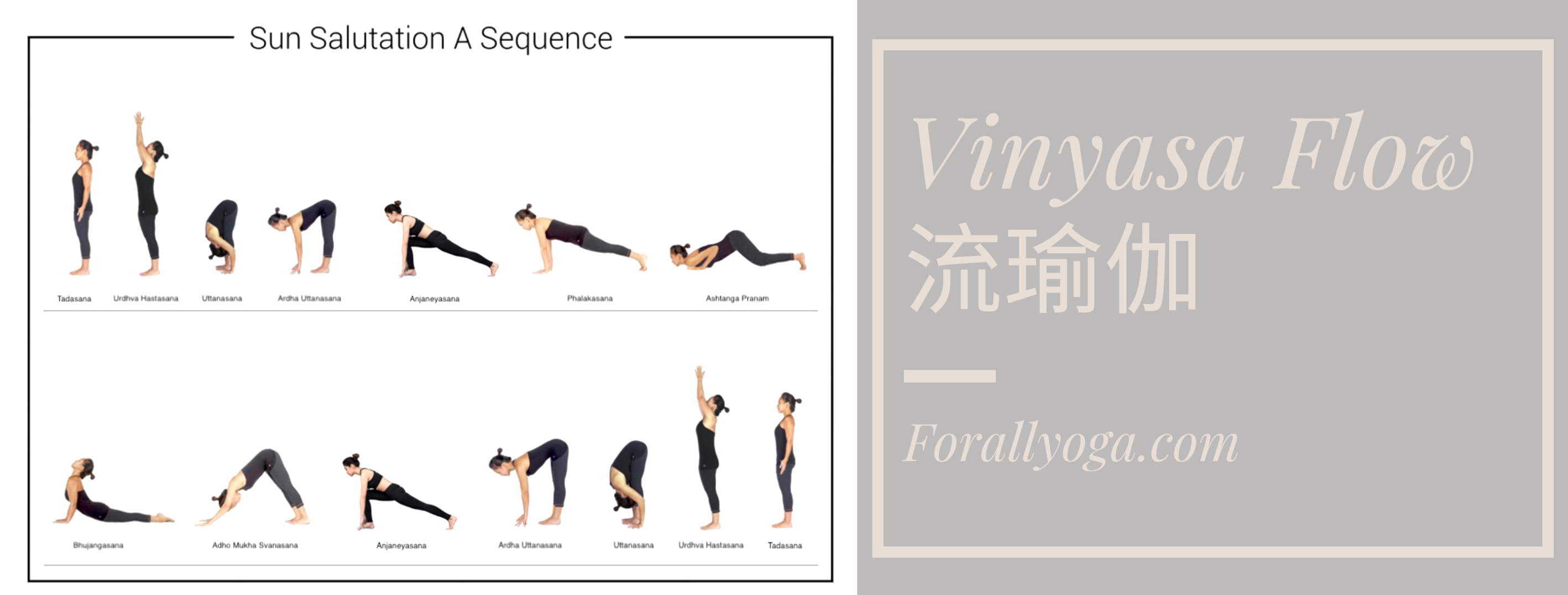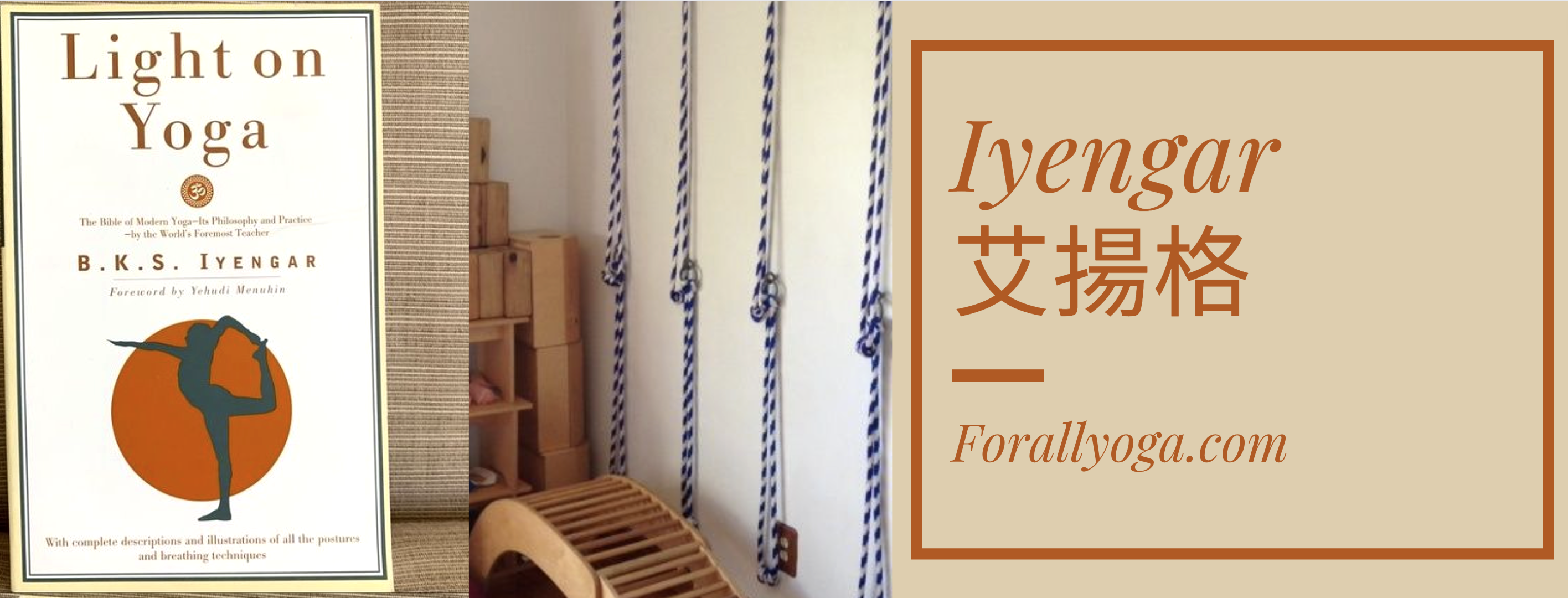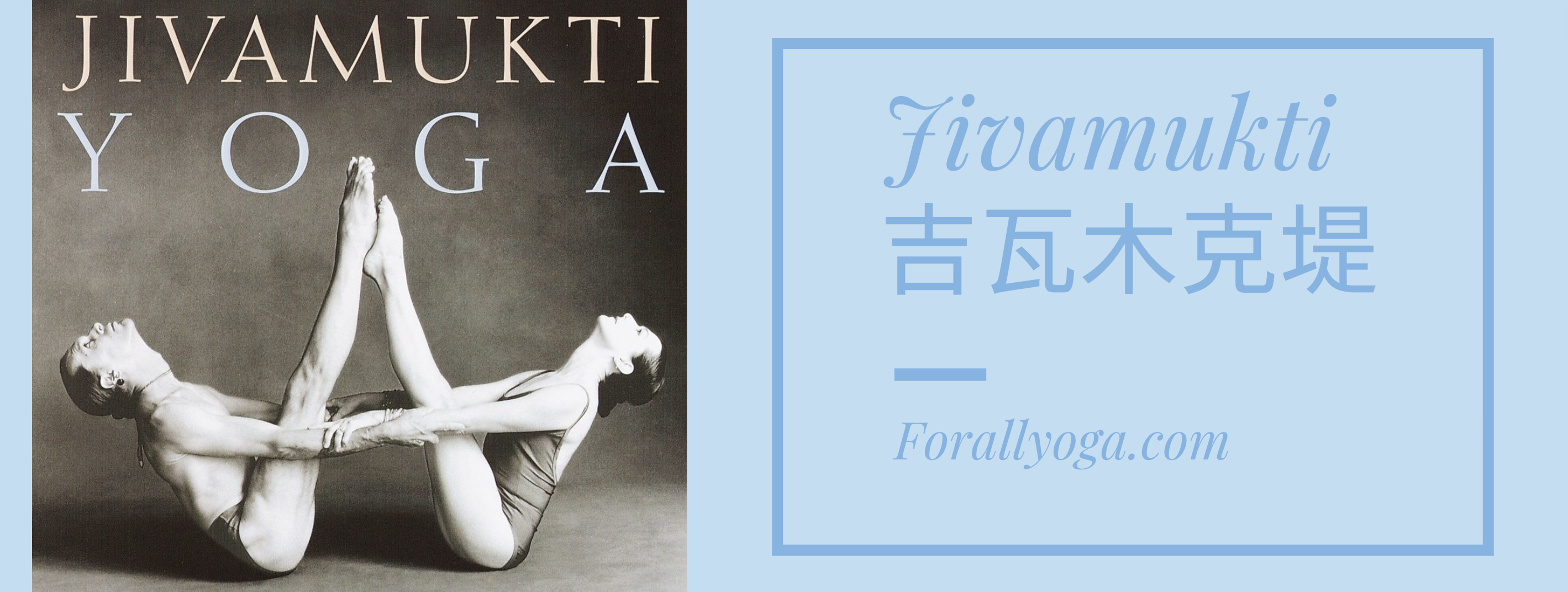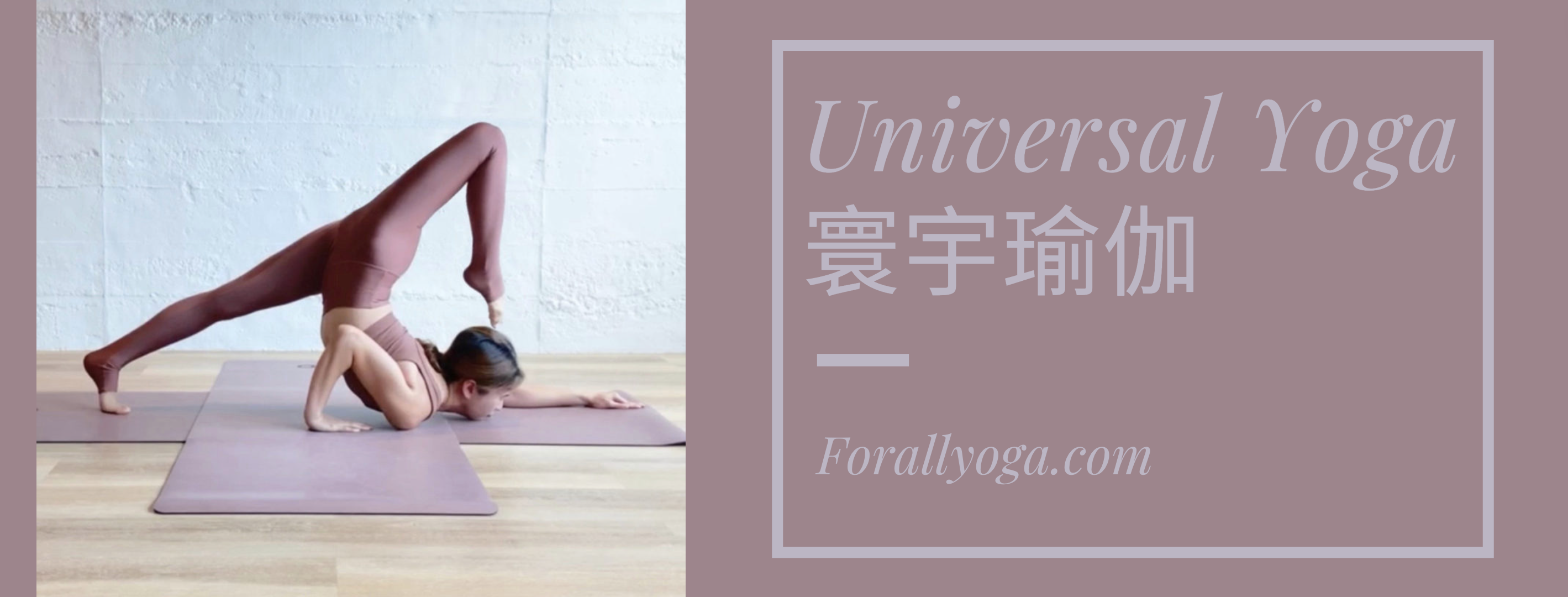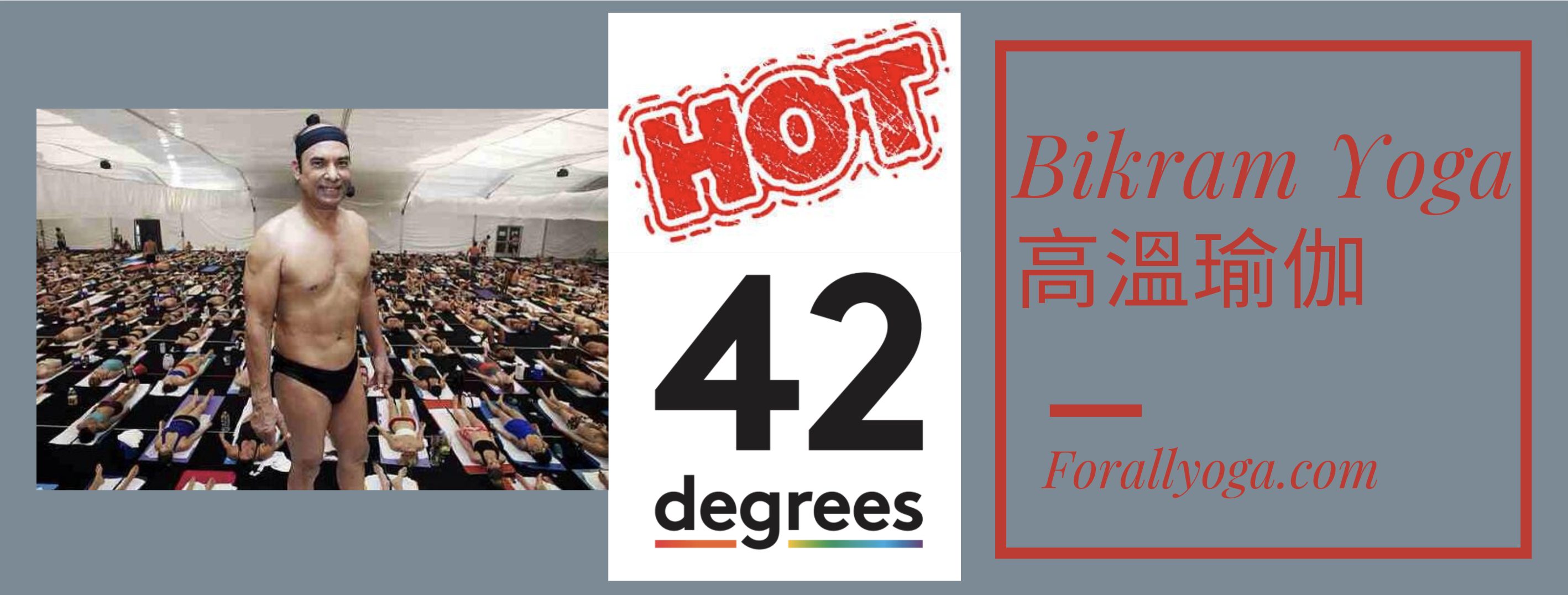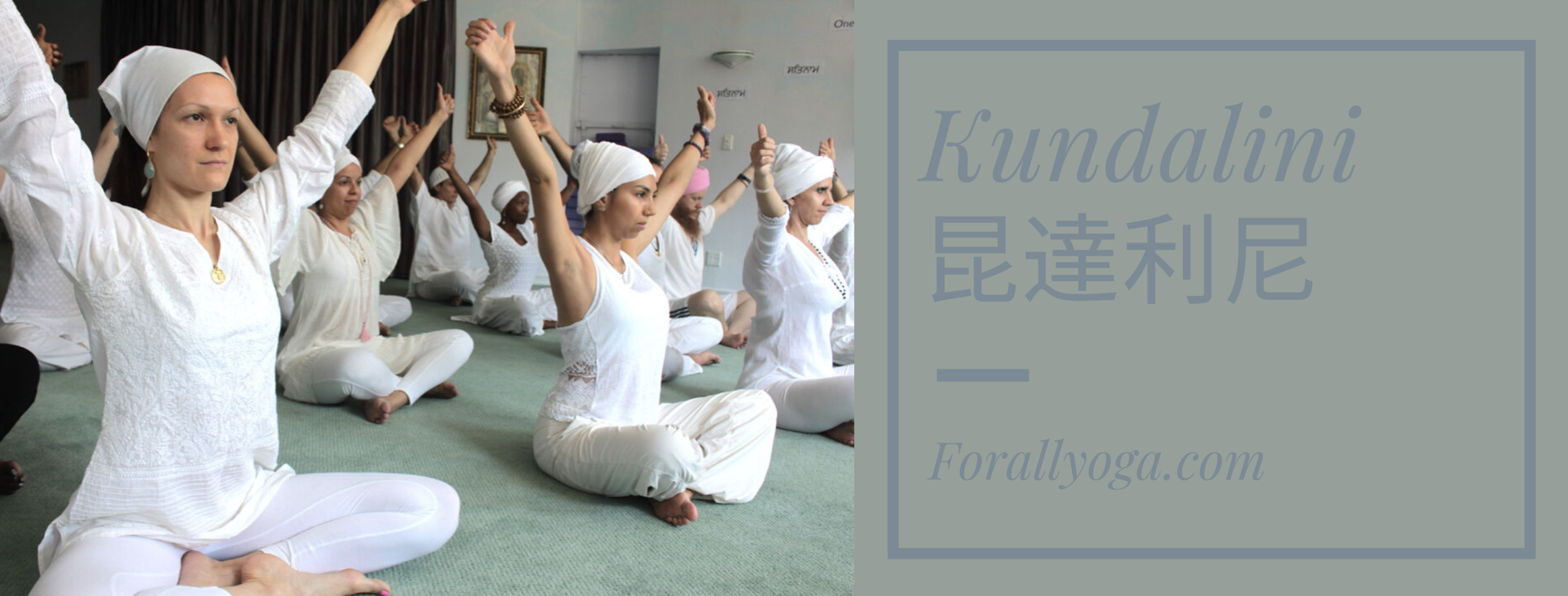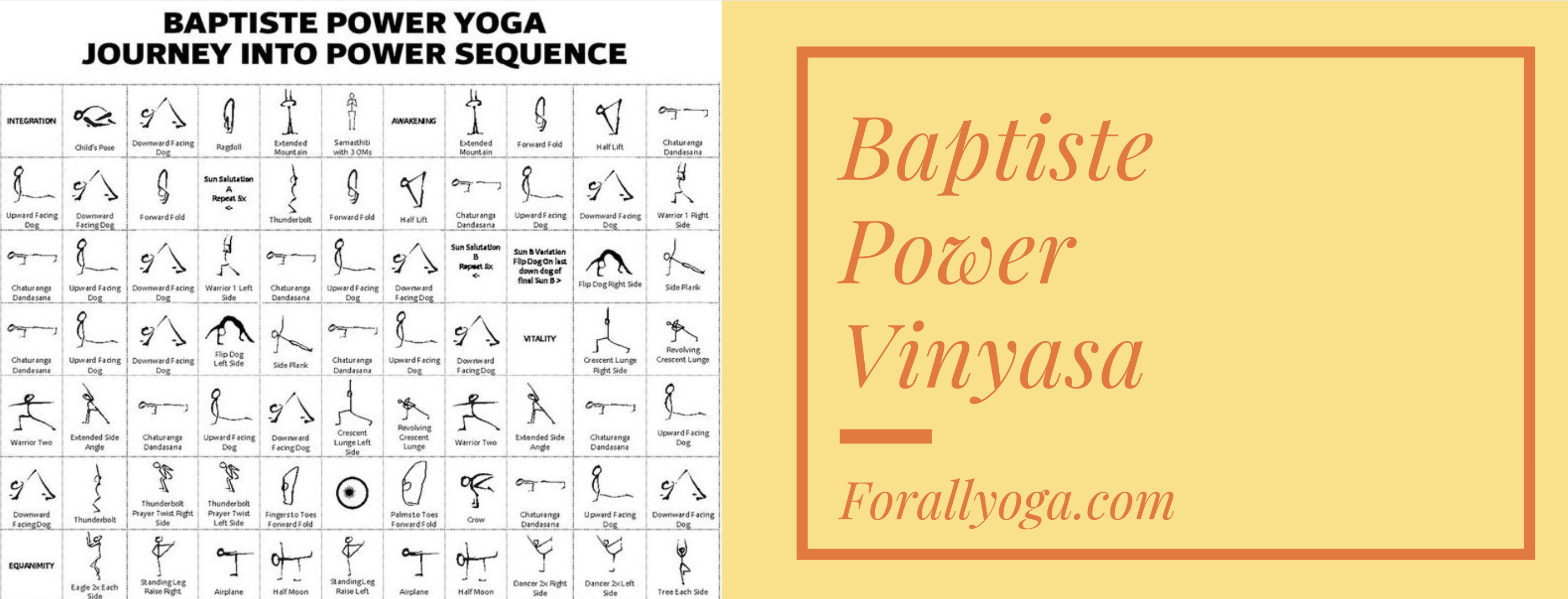Types Of Yoga
|
Haṭha yoga is a branch of yoga. The Sanskrit word हठ haṭha literally means "force" and thus alludes to a system of physical techniques. In India, haṭha yoga is associated in popular tradition with the Yogis of the Natha Sampradaya through its traditional founder Matsyendranath, who is celebrated as a saint in both Hindu and Buddhist tantric and haṭha yoga schools. Almost all hathayogic texts belong to the Nath siddhas, and the important ones are credited to Matsyendranath's disciple, Gorakhnath or Gorakshanath. According to the Dattatreya Yoga Śastra, there are two forms of haṭha yoga: one practiced by Yajñavalkya consisting of the eight limbs of yoga, and another practiced by Kapila consisting of eight mudras. The oldest dated text so far found to describe haṭha yoga, the 11th-century Amṛtasiddhi, comes from a tantric Buddhist milieu. The oldest texts to use the terminology of hatha are also Vajrayana Buddhist. Later haṭha yoga texts adopt the practices of haṭha yoga mudras into a Saiva system, melding it with Layayoga methods which focus on the raising of kuṇḍalinī through energy channels and chakras. In the 20th century, a development of haṭha yoga, focusing particularly on asanas (the physical postures), became popular throughout the world as a form of physical exercise. This modern form of yoga is now widely known simply as "yoga".
Yin Yoga is a slow-paced style of yoga as exercise, incorporating principles of traditional Chinese medicine, with asanas (postures) that are held for longer periods of time than in other styles. For beginners, asanas may be held from 45 seconds to two minutes; more advanced practitioners may stay in one asana for five minutes or more. The sequences of postures are meant to stimulate the channels of the subtle body known as meridians in Chinese medicine and as nadis in Hatha yoga. Yin Yoga poses apply moderate stress to the connective tissues of the body—the tendons, fasciae, and ligaments—with the aim of increasing circulation in the joints and improving flexibility. A more meditative approach to yoga, its goals are awareness of inner silence, and bringing to light a universal, interconnecting quality. Yin Yoga was founded in the late 1970s by martial arts expert and yoga teacher Paulie Zink Taoist yoga (Tao Yin). Yin Yoga is taught across North America and Europe, encouraged by its teachers Paul Grilley and Sarah Powers. As taught by Grilley and Powers, it is not intended as a complete practice in itself, but as a complement to more active forms of yoga and exercise. However, Zink's approach includes the full range of Taoist yoga, both yin and conventional. Most postures are also done on the floor. This can help to target specific tissues, increase circulation, and encourage more mobility. Sometimes yin yoga is also practiced in a way in which the slower more gentle approach is used to encourage internal awareness practices like meditation, contemplation, or pranayama or breath practices. In this context, “the edge” is a place where there is a manageable amount of sensation. This edge is not a place of pain or a place that feels too intense. Instead, it’s a place where you feel some pressure. This sensation indicates there is adequate or appropriate stress on the tissues. This can lead to greater circulation in the tissues and joint sites. Feeling (sometimes strong) sensation in the pose is one of the ways yin yoga is different than restorative yoga. If you want to learn more about how yin yoga vs restorative yoga Depending on which pose is being done, there may be some muscular engagement, but for the most part, during yin yoga, you can soften. The amount of muscular engagement will also depend on the person as some yogis need engagement to protect vulnerable joints or injuries. The yin style targets what we call the “yin” tissues of the body, while the yang style practice activates more of what we could call the yang tissues like the larger muscles. All movement and yoga poses actually help to circulate Qi through the meridian system of the body, but yin yoga, in particular, encourages Qi to move into the deeper structures.
Ashtanga Vinyasa Yoga is a style of yoga as exercise created by K. Pattabhi Jois during the 20th century, often promoted as a modern-day form of classical Indian yoga. He claimed to have learnt the system from his teacher, Tirumalai Krishnamacharya. The style is energetic, synchronising breath with movements. The individual poses (asanas) are linked by flowing movements (vinyasas). Jois established his Ashtanga Yoga Research Institute in 1948. The current style of teaching is called Mysore style after the city in India where the practice was originally taught. Ashtanga Vinyasa Yoga has given rise to various spinoff styles of Power Yoga. Usually an Ashtanga Vinyasa practice of asanas begin with five repetitions of Surya Namaskara A and five repetitions of Surya Namaskara B, followed by a standing sequence. Following this the practitioner progresses through one of six series, followed by a standard closing sequence. The six series are: 1.The Primary series: Yoga Chikitsa, Yoga for Health or Yoga Therapy 2.The Intermediate series: Nadi Shodhana, The Nerve Purifier (also called the Second series) The Advanced series: Sthira Bhaga, Centering of Strength 3.Advanced A, or Third series 4.Advanced B, or Fourth series 5.Advanced C, or Fifth series 6.Advanced D, or Sixth series There were originally four series on the Ashtanga Vinyasa syllabus: Primary, Intermediate, Advanced A, and Advanced B. A fifth series of sorts was the "Rishi series", which Pattabhi Jois said could be done once a practitioner had "mastered" these four. According to Pattabhi Jois's grandson R. Sharath Jois, one must master poses before being given permission to attempt others that follow. However, Pattabhi Joi's son Manju Jois disagrees; in his view, students were occasionally allowed to practice in a non-linear format. In the 21st century, a "new generation" of Ashtanga vinyasa yoga teachers have adopted Sharath's new rules, teaching in a linear style without variations. Practice takes place in a strict Mysore environment under the guidance of a Sharath-approved teacher. How-to videos and workshops, detailed alignment instructions and strength-building exercises are not part of the method, neither for the practitioner nor for the teacher. However, most teachers who claim to have been taught by Sharath teach the above methods, exercises, and postures.
The vinyasa forms of yoga used as exercise, including Pattabhi Jois's 1948 Ashtanga Vinyasa Yoga and its spin-off schools such as Beryl Bender Birch's 1995 Power Yoga and others like Baptiste Yoga, Jivamukti Yoga, Vinyasa Flow Yoga, Power Vinyasa Yoga, and Core Strength Vinyasa Yoga, derive from Krishnamacharya's development of a flowing aerobic style of yoga in the Mysore Palace in the early 20th century. According to Ashtanga Vinyasa Yoga's official history, Krishnamacharya learned the complete system of asanas (postures) and vinyasas (transitions) from an otherwise unknown document, the Yoga Kurunta, supposedly written 5,000 years ago by Vamana Rishi; the history tells that Krishnamacharya copied it out and taught it, unmodified, to Pattabhi Jois. However, the original manuscript was supposedly destroyed by ants, and no copy survives; neither Jois nor any other of Krishnamacharya's pupils transcribed it, as would have been expected in a traditional guru-shishya relationship. Further, Krishnamacharya "surprising[ly]"did not cite the text in his 1935 Yoga Makaranda or his c. 1941 Yogasanagalu.The Yogasanagalu did contain tables of asanas and vinyasas, and these are "comparable" to Jois's system, but far from being fixed as written in an ancient manuscript, Krishnamacharya's "jumping" yoga style at the Mysore palace was constantly changing, adapted to the needs of specific pupils according to their ages, constitutions (deha), vocations (vrttibheda), capabilities (sakti), and paths (marga);the approach was "experimental". In contrast, the system that Krishnamacharya taught to Jois and that became the basis of Ashtanga Vinyasa Yoga was fixed. This may have been because Jois had to teach at the Sanskrit Pathasala in 1933, while Krishnamacharya's other pupils were studying at his Yogasala, so he may, Mark Singleton suggests, have taught the 18-year-old Jois a simple fixed sequence suitable for a novice teacher to use with large groups of boys.Norman Sjoman notes that Krishnamacharya cited the 19th century Sritattvanidhi which documents asanas used in the Mysore palace in his early writings; his early vinyasas developed into forms more like those of Jois, something that Sjoman takes as evidence that Krishnamacharya created rather than inherited the vinyasas: "It was not an inherited format". Krishnamacharya used "vinyasa" in at least two different ways. One was in a broad sense to mean "an appropriately formulated sequence of steps (krama) for approaching a given posture". The other was a "stage in the execution of an asana". For example, Sarvangasana is introduced with the words "This has 12 vinyasas. The 8th vinyasa is the asana sthiti."
Iyengar Yoga is based on the teachings of the yoga master B.K.S. Iyengar who began teaching in Pune, India, in 1936 at the age of 18 and continued to teach until he passed away at the age of 95 in August 2014. Iyengar Yoga emphasises precision and alignment. Quality of movement is prioritised. In Iyengar Yoga, you learn to move with ease in your body while working within your limitations. This makes the postures (asanas) safe to perform. The practice is progressive, building a stable foundation before attempting more demanding work. The unique aspect of our method is the use of various props (belts, blocks, blankets) to help students of varying degrees of flexibility and awareness understand and experience the asanas (poses) more completely. Yoga has been described as meditation in action, namely because of the way that students learn to practice with a deep awareness of their body, breath and mind. Practicing the postures with awareness has an integrating effect - it harmonises mind and body. Over the 80 years of BKS Iyengar teaching students from all around the world - from the healthy to the sick, from many cultures, from many countries, from young to old, students of all sizes, students of all proportions, students of varying physical abilities, and students of varying mental aptitudes - he has evolved a method of learning and studying yoga that is deeply profound. His insights and approach are borne of wisdom - and when we follow the methods he has expounded we can ourselves tap into our own wisdom that is inherent in each of us. As Mr. Iyengar’s unique insights and methods spread around the world, it became popularly known as Iyengar Yoga. Students called it “Iyengar Yoga” to differentiate the methods being taught by Mr. Iyengar from other methods or styles. Mr. Iyengar himself does not call it “Iyengar Yoga”, to him Yoga is Yoga.
Jivamukti Yoga is one of nine internationally recognized styles of Hatha Yoga branded in the early 1980’s by David Life and Sharon Gannon to reflect the true aim of yoga, which is liberation and self-realization. The name Jivamukti means “liberation while living. It is taken from the Sanskrit term “Jivanmuktih” which is used to describe the state of enlightenment or God realization. Jiva means “individual soul” and mukti means “liberation”. Every Jivamukti Yoga Class includes 5 tenets: Ahimsa (Non-Violence), Bhakti (Devotion), Dhyana (Mediation), Nada (Music) and Shastra (Scripture). This method of yoga was created by David Life and Sharon Gannon in 1986. They named this yoga practice “Jivamukti” because they wanted the student to be reminded of the ultimate aim of the practice: spiritual enlightenment and awareness. It is a vigorously physical and intellectually stimulating practice combined with an equally strong foundation in the ancient spiritual traditions of Yoga.
Universal Yoga is a multi-faceted system of methods that represent all the essential rules and laws of authentic yoga. Is it not about the creator of the system (Andrey Lappa), nor is it about a particular, specialized direction in yoga. It is about unifying all the methods and disciplines in authentic yoga that can be used for any and all individuals, and for any broad or specific goal. A typical UY asana class will be oriented around the idea of creating balance on all the layers of self (physical, energetic, emotional and mental) using the three main threads of yoga practice: body, breath, and mind. The asanas, vinyasas, breathing techniques and turns on the mat, are creatively integrated while using all major ranges of mobility for arms, legs and spine. The primary goal of practice is not to target the body, but to target one’s concentration, focus and attention; to turn it all inward, creating a serenely stable inner-atmosphere conducive for awareness & personal development. FOUR ASPECTS OF UNIVERSAL YOGA 1. To be karmically free (7th chakra); to be conscious and responsible for all aspects of practice and life (6th chakra); to be creative in practice (5th chakra); to be compassionate, always (4th chakra) 2. Practitioners of Universal Yoga must use the ideas of unification, balance & control to create balance on each sheath (mayakosha), between the sheaths, and between themselves and surrounding space (others). In Universal Yoga there are practices for each sheath that can be individualized according to the needs of each practitioner. 3. Universal Yoga practitioners must remember to BE TRUE TO THE ULTIMATE GOAL of YOGA. If the ultimate goal is preserved then yogic knowledge will not be contaminated by personal interpretations, ego-oriented goals or yoga as a business. Each practice on any layer should bring the practitioner to an experience of the next layer. 4. Practitioners of Universal Yoga must follow the traditional concept of the mayakoshas in their teaching and practice. This will prevent any individual approaches from becoming too narrow or too specialized. It will keep the practitioner on the path of TRUE balance in yoga. Once we get to the deepest layers of practice, all individual practices will be different because the karma of each person is different.
Most studios and fitness centers offer yoga in a warm or hot room, but Bikram yoga, sometimes called the original hot yoga style, is a whole different ball game. Technically, Bikram is a version of Hatha, a traditional branch of yoga that combines postures and breathing. But it’s not just a style, it’s a specific experience with a cult-like following (Beyoncé included). Every class features the same 26 set poses, takes place in a 105-degree room, and is taught by a Bikram-certified instructor. But the heat and tough postures can provide different challenges than a traditional yoga practice. Here’s the 411 on how to stay safe and get the most out of a Bikram session. The heat definitely gets the heart pumping, but the jury’s still out on whether or not it counts as a cardiovascular workout. The evenly paced moves are super low-impact, making Bikram a good option for runners or anyone with sore joints. Research also shows that this form of yoga can boost strength, flexibility, and even aid weight loss On the other hand, critics claim that the heat can limber up a body a bit too much, and actually do more harm than goodwhen people are suddenly able to push themselves beyond their usual limitations. The excessive heat can also be a problem for people with cardiovascular issues, high blood pressure, or those who are more susceptible to dehydration or heat stroke. Bikram yoga is a tough experience for a first-timer — the often-crowded room, the heat, the sweat, and the tricky postures make for a serious workout. Below is a comprehensive list of what makes a class hot or Bikram yoga. -Bikram yoga consists of the same 26 poses and two breathing exercises performed in the same order every class for exactly 90 minutes. -Hot yoga can be comprised of many different poses that vary by class and studio. -Bikram yoga studios, what Choudhury calls “torture chambers,” must be heated to 105 degrees with 40 percent humidity. -Hot yoga rooms can vary in humidity and are generally heated to anywhere from 80 -100 degrees. -The floor of Bikram yoga studios must be carpeted with mirrors on the front wall and bright lighting. -Hot yoga may be performed with dim lights, by candlelight, and on any surface. -Bikram yoga instructors must be trained by Bikram Choudhury himself and their studios must be affiliated in order to be considered true Bikram yoga. -There can be no music, clapping, or hands-on instructor adjustments in Bikram yoga. -Hot yoga often has music playing during the class and is followed by a round of applause. -Students are not permitted to talk during Bikram yoga. -Hot yoga students are allowed to interact with each other and with the instructor.
Kundalini yoga is a form of yoga that involves chanting, singing, breathing exercises, and repetitive poses.Its purpose is to activate your Kundalini energy, or shakti. This is a spiritual energy that’s said to be located at the base of your spine. As Kundalini yoga awakens this energy, it’s supposed to enhance your awareness and help you move past your ego. Sometimes, the practice is also called “yoga of awareness.” Kundalini yoga is most associated with Yogi Bhajan, a yoga teacher from Pakistan. He’s credited with introducing the practice to Western countries in the 1960s. The term “Kundalini” comes from the Sanskrit word “kundal,” which means “circular.” It also refers to a coiled snake. And according to practitioners, Kundalini energy is like that coiled snake: It sits at the base of your spine, sleeping and unaroused. Kundalini yoga is practiced to activate this energy, which allows it to move up and through the chakras along your spine. In yoga, chakras are the seven energy centers in your body. They include: -root chakra -sacral chakra -naval, or solar plexus, chakra -heart chakra -throat chakra -third eye chakra -crown chakra As Kundalini energy rises, it’s believed to help balance these chakras and contribute to your spiritual wellness. With regular practice, Kundalini yoga is said to lead to spiritual enlightenment. This is called a “Kundalini awakening.”
Baptiste Power Yoga is a strenuous and vigorous form of power yoga. It takes its name from Baron Baptiste who developed the style, which is also referred to as power Vinyasa yoga. It is generally taught in a studio with the heat turned up and a temperature hovering in the mid 90s, meaning that practitioners will work up a considerable sweat during what is a very physical yoga workout. The style of yoga developed by Baptiste is based on adaptation – finding what works for ordinary people and discarding those elements that do not. It is about yogis of varying ability modifying each posture and creating their own individual experience. Baptiste power yoga is a type of Vinyasa yoga with the poses flowing from one to another in a sequence rather than being held for seconds or even minutes, as is the case in some other forms of yoga. This is achieved by controlled breathing used in a specific manner to move from pose to pose. In recent years, it has gained popularity and a number of successful books and DVDs have been released. It is popular with a number of Hollywood stars and Baptiste even brought this form of yoga to the training regime of player of NFL’s Philadelphia Eagles where he joined the coaching staff. Baptiste Power Yoga is a muscle-shaping, mind-sculpting workout that brings many benefits on a physical, mental, emotional and spiritual level. The great thing is that it is accessible to all regardless of what their starting point is – they simply work at their own level of ability and fitness. Practitioners can build their ability to the point where they are able to experience the rewards of being stronger, more supple, relaxed, and generally less tense. Thus, Baptiste Power Yoga is great for conquering stress. It also demonstrates the value of exercise and attitude, and harnesses the power of discipline and inner balance. Kripalu Yoga Kripalu yoga is a modern style of yoga that has been adapted from ancient Hatha yoga practices. It consists of a sequence of physical postures in no particular order, accompanied by breathing exercises and relaxation. The aim of Kripalu yoga is to guide the awareness of the yogi inward focusing on the flow of prana, or life force energy. This form of yoga can be practiced by people of all age groups and fitness levels. With traditional beginnings in ancient yogic texts and literature, Kripalu yoga mainly developed from the teachings of Swami Kripalvananda. Amit Desai, a native of India and disciple of Swami Kripalu, brought the teachings to the United States in the 1960's and established the first Kripalu ashram in Pennsylvania. Swami Kripalu spent four years in this ashram, where he delivered a series of lectures to the senior teachers of Kripalu yoga. Kripalu yoga is a more gentle form of Hatha yoga. It incorporates asana, breathing techniques, mudras and meditation, which draw the awareness to the sensations of the body, breath and mind. Kripalu yoga consists of three stages:
AnusaraAnusara yoga is a modern-day Hatha yoga system founded by John Friend. Anusara means “flowing with grace,” “going with the flow,” “following your heart.” Anusara Yoga is rooted in a non-dual Tantric philosophy that we are all inherently good. It draws from this that life is a gift that we are invited to remember and celebrate in our yoga practice. Anusara emphasizes “Universal Principles of Alignment” as the focal point of its practice, which underlie all of the physical asanas. These principles are important in the practice of yoga as they give you guidelines on how to align your body, heart and mind in a way that provides both integration and safe opening so circulation is optimal and strength, good health and wellbeing are fostered. Many Anusara yoga teachers teach in the vinyasa flow style with holding some (key) poses for a longer time. A flow practice helps to connect you to your breath and the breath serves as a guide in your asana practice. Vinyasa flow warms up the body and links the focus of the class to the physical expression. Holding the poses allows for more explanation of the key alignment principle and the linking of the spiritual intention to your body. Anusara yoga is designed for students of any level or ability. There are over 250 poses included in Anusara Yoga but there are no set postural routines. Most yoga teachers end the class with a meditation/relaxation. As part of the positive focus of Anusara yoga, teachers and instructors will generally not “fix” student poses, in terms of alignment, but instead, instruct the proper usage of the principles of alignment and allow each individual to develop on their own. When you practise with an intention and intelligent awareness of the body and mind, the groundwork is laid down to structurally shift and improve. A regular Anusara yoga practice makes the body stronger and more flexible, heals injuries faster and evens out imbalances that naturally exist in the body. The heart and mind are invited to join along this evolution and become more resilient and softer, peaceful and joyous, happy and balanced.
IntegralIntegral yoga, sometimes called Supramental yoga, is a type of yoga based on the teachings of Swami Satchidananda (1914 - 2002). Known for saying, "Truth is one, paths are many," he encouraged students to combine elements of various other yoga practices in order to find a path that suited them. Integral yoga is a gentle practice and accessible to pregnant women, the elderly and those unable to participate in strong, physical yoga classes. A student of Swami Sivananda, Swami Satchidananda’s teachings about Integral yoga went beyond the physical practice as he wanted to help students find harmony in their whole lives. Author of many books on the subject, he also founded the Yogaville Ashram in Virginia. Swami Satchidananda encouraged his students to combine elements of Hatha, Bhakti, Jnana, Japa, Karma and Raja yoga to find a path that suited them. He saw Integral yoga as a synthesis of all of these paths, so that individual students were able to find a yogic lifestyle that worked for them. In finding their own harmony, they would also be able to share this with others. The name, Integral yoga, also refers to the way that it brings together the mind, body and spirit to help the student find a place of greater unity and peace. It is considered a healing practice in that it brings the body out of a state of “dis-ease,” preventing illness and restoring the yogi to whole health.
|
